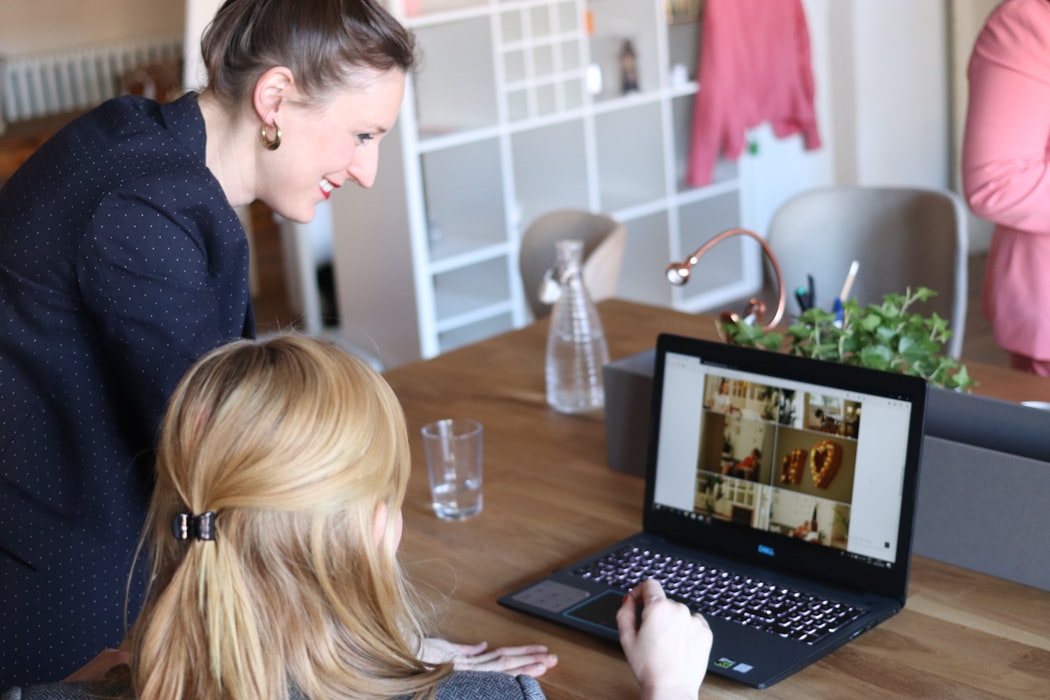Happy International Women’s Day. Three studies that measure gender equality and the pandemic’s impact (both positive and negative) on women’s work environments were recently launched.
Gender Balance Index
This index, by the OMFIF Sustainable Policy Institute, in partnership with Edge Certification, tracks diversity levels of men and women in decision-making positions in financial institutions, including central banks, sovereign funds, public pension funds and commercial banks. In the recently launched 2021 study:
- Only three out of 540 institutions achieved a perfect GBI score of 100. Just 12 of these – or 2.2% – scored 90 or more, a level that indicates the institution is close to achieving balance. Only 71 are headed by women and 56 have no women at all in their executive teams or on their boards.
- The results show the positive impact of the pandemic on the adoption of policies that support work environments for women’s careers:
- 92% of respondents now have remote working, almost double last year’s 48%; and 98% have some form of flexible working, with about two-thirds saying this was prompted by the pandemic.
Gender Equality Global Report & Ranking
Equileap has published its fourth annual Gender Equality Global Report & Ranking, which shows the top 100 companies that score the highest globally, in addition to key insights at country and sector levels. Specific issues that range from equal pay and female representation, to paid parental leave and anti-sexual harassment policies are reported on as well. Nearly 4,000 companies across 23 markets were ranked, based on 19 in-depth criteria. Findings include:
- The best company is Norwegian bank DNB, with a score of 74%, followed by Mirvac (Australia), WPP (UK), L’Oreal (France) and General Motors (U.S.).
- Top countries for gender equality are France, Spain, Sweden, and the UK while the U.S., Japan and Switzerland are amongst the worst performers.
- Only 15 companies globally have closed their gender pay gap.
- 5 out of 10 companies globally published an anti-sexual harassment policy.
Women in Work Index
This is PwC’s ninth update of the Women in Work Index, which provides an assessment of women’s economic empowerment in 2019 across 33 OECD countries. The Index is a weighted average of five indicators that include: female labor force participation rate, participation rate gap, gender pay gap, female full-time rate, and female unemployment rate. Highlights include:
- In 2019, Iceland and Sweden were the top two performing OECD countries, with New Zealand moving to third place.
- Luxembourg has made the greatest improvement, while the United States saw the largest decline.
- Women’s jobs are being disproportionately impacted by COVID-19 because of existing gender inequalities in society, and the disruptive impact of the pandemic on service sectors with high levels of female employment.
- Globally, 40% of all employed women are employed in “hard-hit” sectors, compared to 37% of employed men.
- COVID-19 has amplified the unequal burden of unpaid care and domestic work carried by women.
- Caring responsibilities have already caused more women than men to exit the workforce.
- Women now spend 7.7 more hours per week on childcare than men.

